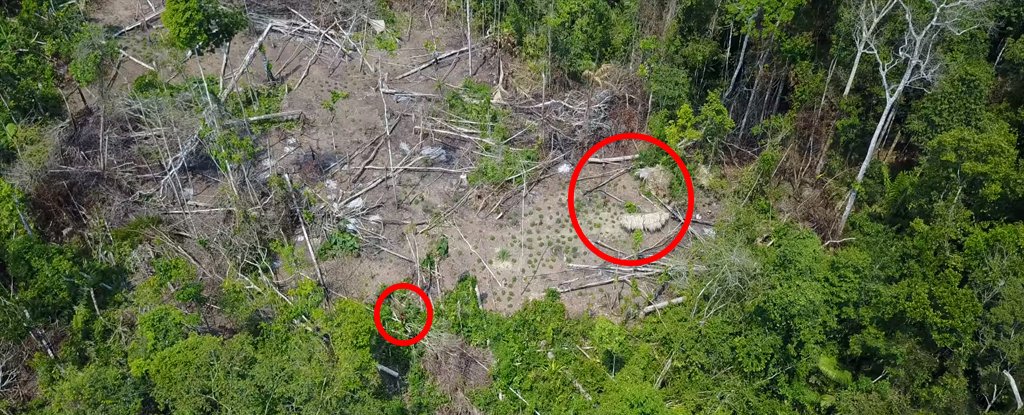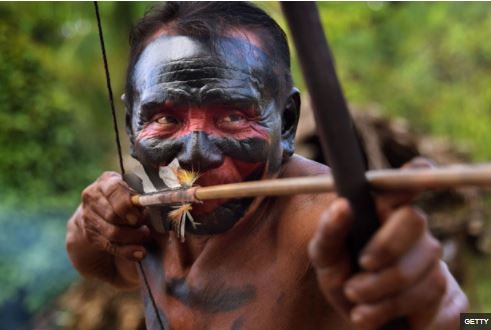Guardians of the Green: Unveiling the Secrets of Amazonian Tribes
Guardians of the Green: Unveiling the Secrets of Amazonian Tribes

The Amazon rainforest, a sprawling emerald tapestry covering nearly two-thirds of South America, is more than just a breathtaking natural wonder. It is a living, breathing ecosystem teeming with biodiversity, and at its heart are the indigenous tribes who have called this vast expanse home for millennia. These resilient communities, deeply intertwined with the forest’s rhythms, hold invaluable knowledge about its secrets, its healing powers, and its delicate balance.
This article delves into the fascinating world of Amazonian tribes, exploring their unique cultures, traditions, and the challenges they face in a rapidly changing world.
Related Articles: Guardians of the Green: Unveiling the Secrets of Amazonian Tribes
- The Remarkable Legend of the Turtle: Unveiling its Mystical Powers!
- Unveil the Legacy: Explore the Enchanting Iroquois Map
- Uncover the rich heritage of Cherokee, Monacan, and Powhatan: A Native American cultural odyssey
- Unveiling the Aboriginal Flag: A Tapestry of Cultural Connection
- Discover the Essence of Filipino Craftsmanship: Pure and Native Filipino Products
A Tapestry of Diversity:
The Amazon rainforest is home to over 400 distinct indigenous groups, each with its own language, customs, and traditions. This incredible diversity reflects the vastness of the rainforest and the adaptability of its human inhabitants. From the nomadic Yanomami in the north to the isolated Tupi-Guarani in the south, each tribe has carved its own niche within the ecosystem, developing unique ways of life in harmony with the forest.
Living in Harmony with Nature:
For centuries, Amazonian tribes have thrived by embracing a sustainable lifestyle deeply rooted in the forest’s bounty. They understand the intricate web of life that sustains the rainforest and have developed sophisticated systems for managing its resources.
- Forest Guardians: Their knowledge of medicinal plants is unparalleled, using their healing properties to treat a wide range of ailments. They are also skilled hunters and gatherers, relying on sustainable practices to ensure the continued abundance of the forest.
- Forest Farmers: Many tribes practice a form of sustainable agriculture known as "agroforestry," where crops are integrated into the forest landscape, mimicking the natural processes of the ecosystem. This ensures the soil’s fertility and biodiversity, creating a symbiotic relationship between humans and the forest.
- Spiritual Connection: Their worldview is deeply intertwined with the forest, recognizing the interconnectedness of all living things. Many tribes believe in animism, where spirits inhabit the natural world, fostering a profound respect for the environment.

Challenges and Threats:
Despite their deep knowledge and resilience, Amazonian tribes face numerous challenges in the modern world.
- Deforestation: The relentless march of deforestation, fueled by logging, mining, and agricultural expansion, threatens their ancestral lands and the very fabric of their existence. The loss of forest habitat not only disrupts their traditional way of life but also decimates the biodiversity that sustains them.
- Disease: Contact with the outside world has brought new diseases, often with devastating consequences. Lack of access to healthcare and limited understanding of modern medicine leaves them vulnerable to illnesses that can spread rapidly.
- Cultural Erosion: Globalization and modernization have eroded traditional cultural practices, languages, and knowledge systems. The younger generations are increasingly drawn to the allure of the outside world, leading to a loss of cultural heritage.

Preserving the Legacy:
The survival of Amazonian tribes depends on safeguarding their cultural heritage and protecting their ancestral lands. This requires a multifaceted approach that involves:
- Indigenous Rights: Recognizing and respecting indigenous rights to their lands and territories is crucial. This includes ensuring their participation in decision-making processes that affect their lives.
- Sustainable Development: Promoting sustainable development models that prioritize the well-being of the rainforest and its inhabitants is essential. This involves supporting indigenous-led initiatives that integrate their knowledge and practices into conservation efforts.
- Cultural Preservation: Supporting cultural preservation programs that document and revitalize traditional languages, knowledge systems, and artistic expressions is crucial to ensuring the continuity of their cultural heritage.
The Future of the Amazon:
The fate of Amazonian tribes is inextricably linked to the future of the rainforest. Their resilience, wisdom, and deep connection to the forest offer invaluable lessons for a world grappling with environmental challenges.
By recognizing the importance of indigenous knowledge, supporting their rights, and working in partnership with them, we can ensure the survival of these remarkable communities and the preservation of the Amazon rainforest for generations to come.
FAQ: Amazonian Tribes
1. How many indigenous tribes live in the Amazon rainforest?
There are over 400 distinct indigenous groups living in the Amazon rainforest, each with its own unique language, customs, and traditions.
2. What are the biggest threats facing Amazonian tribes?
The biggest threats facing Amazonian tribes include deforestation, disease, and cultural erosion.
3. What are some of the unique practices and knowledge systems of Amazonian tribes?
Amazonian tribes possess extensive knowledge of medicinal plants, sustainable agriculture, and the interconnectedness of the forest ecosystem. They have developed unique ways of life in harmony with nature, including sustainable hunting and gathering practices and spiritual beliefs that respect the natural world.
4. How can we support the survival of Amazonian tribes?
We can support the survival of Amazonian tribes by recognizing their rights to their lands, promoting sustainable development models that prioritize their well-being, and supporting cultural preservation programs that document and revitalize their traditions.
5. What is the significance of Amazonian tribes for the future of the rainforest?
Amazonian tribes are vital to the future of the rainforest. Their knowledge and practices are essential for its conservation and for ensuring the sustainability of the ecosystem. They offer valuable lessons for a world grappling with environmental challenges.

Closure
Thus, we hope this article has provided valuable insights into Guardians of the Green: Unveiling the Secrets of Amazonian Tribes. We thank you for taking the time to read this article. See you in our next article!
